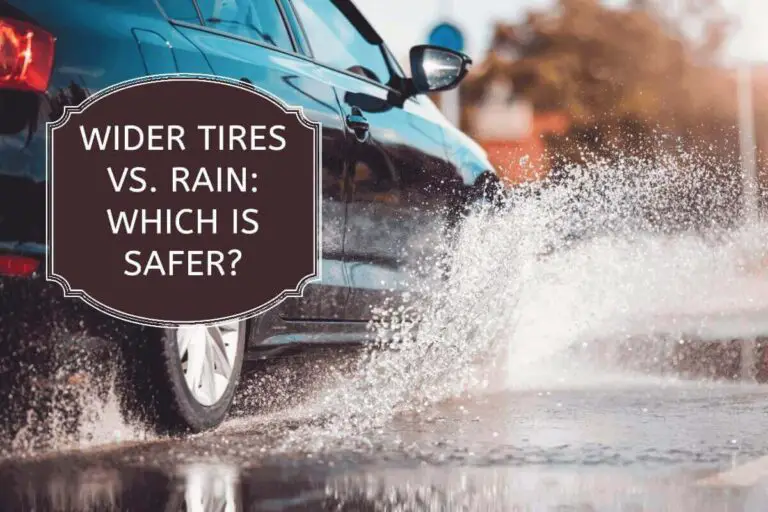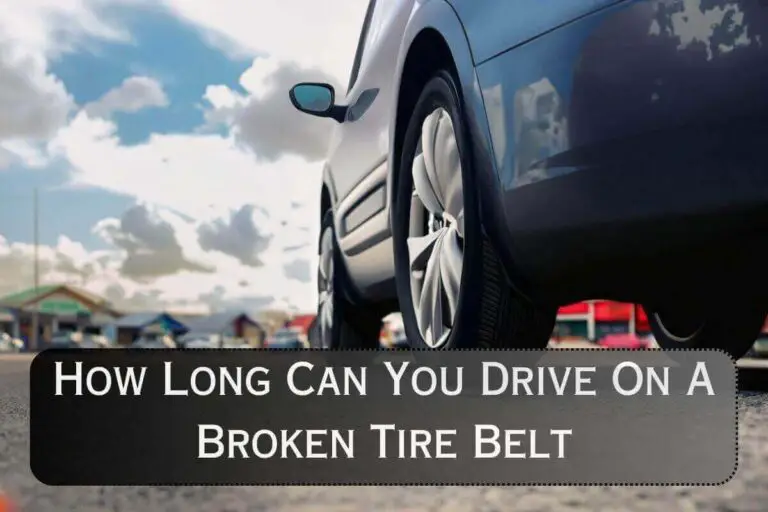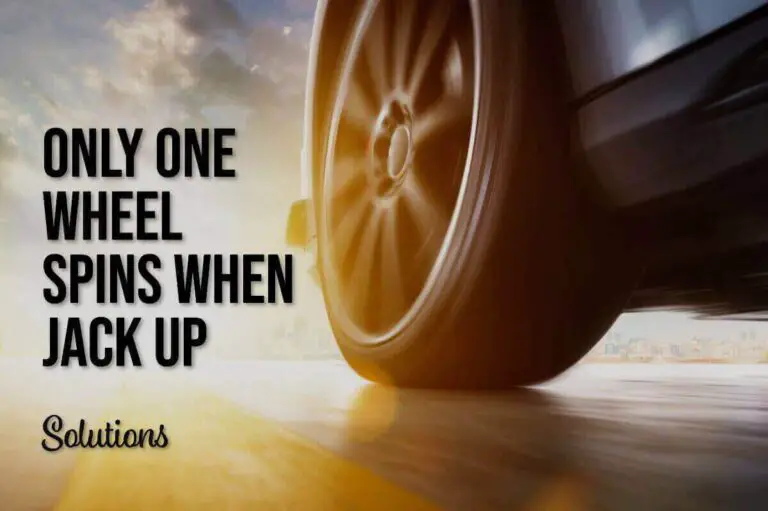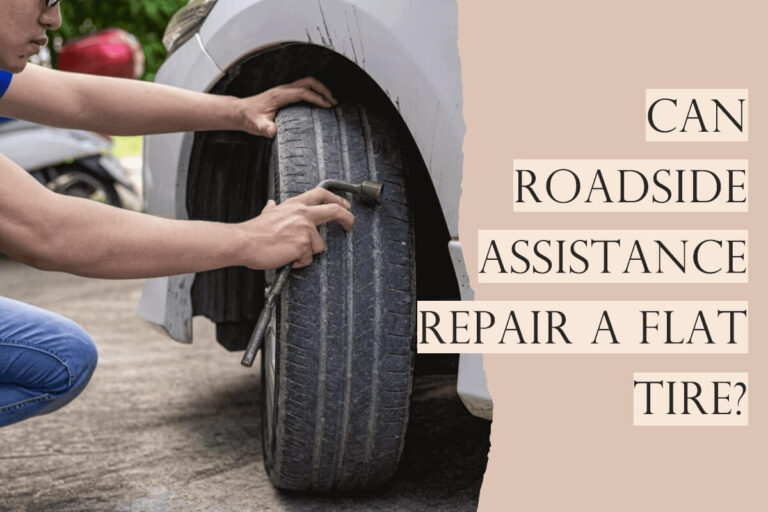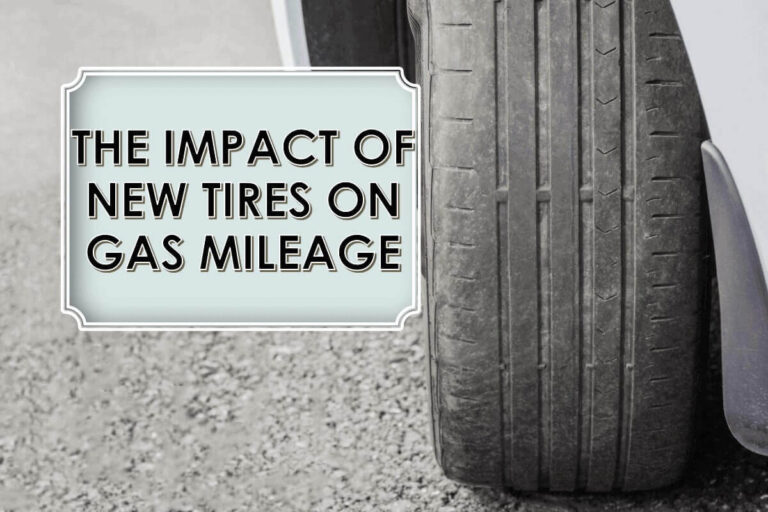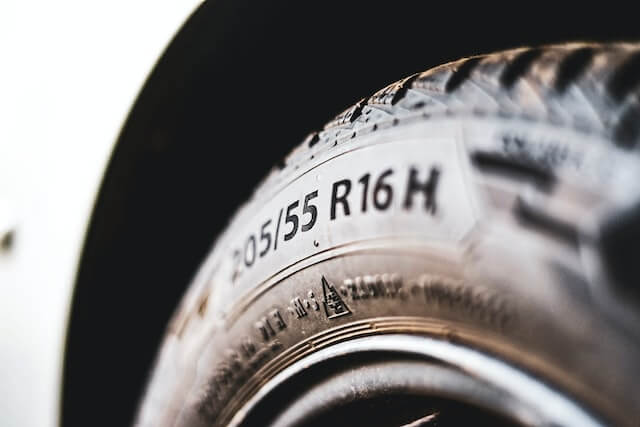There’s no doubt that burnouts offer a whole other rush and entertainment for car enthusiasts. There’s no other feeling in the world than the one where you do something right out of your comfort zone. Nothing matches that fear to crash and the excitement to succeed for all those who have an adventurous streak.
However, that doesn’t mean you blindly get into it without checking the condition of your car and whether it can bare the impact of such force. If your car has an open differential, you may want to take a step back and analyze the situation.
This article would certainly provide you with information regarding burnout and open differential.
What is an open differential?
An open differential is a type of differential that is installed in many vehicles to transmit power to the wheels on an axle. A differential is a mechanical device that allows power to be transmitted to both wheels while they rotate on either side of the axle at different speeds.
When you’re driving on a smooth road, both the wheels are moving at the same speed therefore the differential only has to allow power to be moved from the engine to the wheels.
However, when you take a turn, both the wheels are suddenly moving at different speeds as the outside wheel has to cover more distance than the inside wheel. Open differential makes it possible to allow the outside wheel to rotate faster than the inside wheel.
Is open differential good for burnout?
An open differential is a simple reliable differential that allows stability and traction on the road by allowing the wheels to adjust to different situations on the road, like turning or driving through rough surfaces.
But it has some limitations. As burnout requires you to take vigorous turns and make as much noise and smoke as possible, an open differential wouldn’t be a great choice for that. In these cases, an open differential only allows one wheel to rotate while the other stays stationary.
To increase the likelihood of performing a burnout successfully, some drivers modify their vehicles to use a limited-slip differential or a locking differential, which provide more equal power distribution to both wheels and can improve traction and acceleration.
These modifications, however, can have significant effects on the vehicle’s handling and stability, and should only be done by experienced and trained professionals, in safe and controlled environments.
Can you drift with an open differential?
Drifting with an open differential is extremely dangerous. Many things can happen when you do this. You can obviously drift with an open differential but can be subjected to many risks. Some of these include:
- When you’re drifting, power is usually distributed unevenly to both wheels, therefore during this time; you may lose traction which can cause the car to spin uncontrollably.
- Drifting requires a lot of skill and technique to work through. The uneven distribution of power makes it even riskier in an open differential. You can lose control of your car without even realizing it.
- Drifting puts a lot of strain on the drivetrain, and an open differential can exacerbate the situation. Drifting with an open differential causes the wheels to spin at different rates, resulting in severe wear and tear on the drivetrain components. This can result in costly repairs or possibly drivetrain breakdown.
- Drifting is an inherently dangerous driving style, and drifting with an open differential increases the likelihood of an accident. Uneven power distribution can cause the car to spin out of control, endangering both the driver and other road users.
Can you do a burnout with an open differential?
Yes, you can definitely do a burnout with an open differential but it won’t be as smooth or effective as doing it with a limited-slip differential. An open differential makes sure that the same amount of power is being delivered to both wheels, allowing the wheels on either side of the vehicle to rotate independently of each other. This results in the wheel with the least amount of traction spinning while the other stays stationary.
However, this doesn’t mean you can’t do a burnout with an open differential. You can still do it by applying some techniques like power braking and using a line lock. In power braking, you apply brakes with your left foot and apply the gas pedal with your right one.
While a line lock is a mechanism that locks the front brakes while releasing the rear brakes, allowing the rear wheels to spin freely while the vehicle is parked. In drag racing, this is widely done to warm up the tires and improve traction.
Despite there being many limitations to it, it is quite possible to do a burnout with an open differential. It may not be as reliable and might take a toll on your vehicle but can still be considered as a mediocre way of doing a burnout. We still prefer that you do some major changes to your vehicle and get a limited-slip differential if you want to do burnouts often.
FAQs
Can you spin out with an open differential?
Yes, it is possible to spin out with an open differential as it distributes torque equally to both wheels, causing one or both to lose traction and spin.
What gear should you do a burnout in?
Burnout is typically done in first gear, but it depends on the car’s power and torque capabilities. It’s important to practice burnout safely and legally on a designated surface.
Do race cars have open differentials?
It depends on the type of racing and the car’s configuration. Some race cars have open differentials for simplicity and weight savings, while others have limited-slip or locking differentials for improved traction.
Conclusion
To conclude, doing a burnout with an open differential is quite possible but wouldn’t be as effective as with a limited-slip differential. Since an open differential distributes torque equally to both wheels, it can make it more difficult to get both tires spinning simultaneously.
This can lead to a less impressive burnout or one-wheel spin, which is not as exciting as a two-wheel burnout. As burnouts are quite risky, you should take extra precautions while doing them. Remember your safety comes first.


